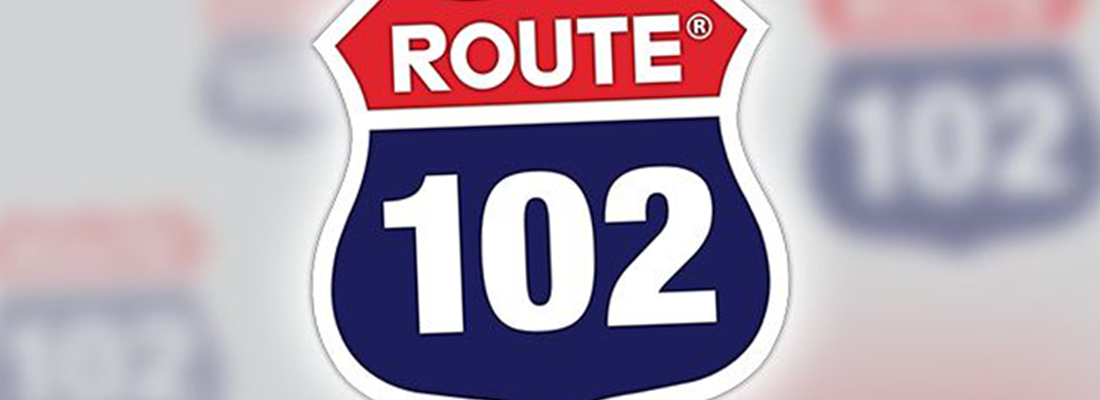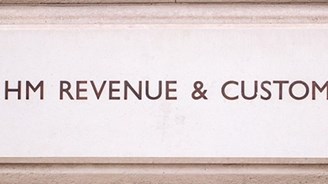Route 102 – One man’s year-long journey……Day 42

To mark this momentous year for UK GAAP, I'm embarking on a mission to work my way through FRS 102, reading a portion on each working day of 2015 and writing a short blog entry on my thoughts and musings (be they few or many).
Day 42 (24 March)
Let's look at fair value hedge accounting briefly today. FRS 102 includes, in an appendix to section 12, the example of an unrecognised firm commitment to buy a non-financial asset (let's say, an item of PPE) in a foreign currency at a future date. The point is that this commitment is unrecognised - it doesn't appear in the financial statements until the commitment is enacted and the PPE is bought.
But the entity is nervous about the exchange rate movements, and so enters a forward contract to buy the currency needed to finance its purchase at a fixed rate. Now, whilst this also has zero fair value on inception, as we noted in last week's post there will be a fair value as the currency moves. So we have a mismatch. Any gain or loss on the forward contract is recognised immediately, even though the object of this forward contract - the commitment to pay for the inventory - will only be recognised at a later date (at the spot rate).
Enter hedge accounting. NB 12.19A allows either fair value or cash flow hedging to be used for an unrecognised firm commitment - let's assume that the entity opts for fair value hedging. This means that the hedging gain or loss on the unrecognised commitment is recognised to offset the gain or loss on the forward contract.
In the example, the commitment (entered on, say, 9 June 2015) is for $515,000 (let's say this is Canadian dollars!) and the forward contract is for $500,000 (note that there's already some hedge ineffectiveness, since the two amounts are not the same - this needn't prevent hedge accounting being used). The settlement date is 31 March 2016. The forward rates to the CAD$ are £2.00 on 9 June 2015, £2.20 at the December year-end and £2.16 at settlement.
Thus the forward contract's fair value at the year-end is £100,000 (that's $500,000 x 0.2 - this being the movement in the exchange rate between 2.00 and 2.20). This is reflected as a gain in the P&L. We now also measure the loss on the firm commitment which is £103,000 ($515,000 x 0.2) and bring this in. So the net effect on the P&L will be only £3,000, being the hedge ineffectiveness caused by the mismatch in amounts. Applying the same concept at settlement, the forward contract is now valued at £80,000 and the commitment at (£82,400).
The journals are (NB none at 9 June 2015):
31 December 2015
Dr forward currency contract (BS) £100,000
Cr fair value gain (P&L) £100,000
Dr fair value loss (P&L) £103,000
Cr hedged item commitment (BS) £103,000
31 March 2016
Dr fair value loss (P&L) £20,000
Cr forward currency contract (BS) £20,000
Dr hedged item commitment (BS) £20,600
Cr fair value gain (P&L) £20,600
Then, to tidy up the balance sheet (NB I have condensed the journal entries from the example in FRS 102):
Dr PPE (BS) £997,600
Dr hedged item commitment (BS) £82,400
Cr forward currency contract (BS) £80,000
Cr cash (BS) £1,000,000
NB the PDF copy of FRS 102 (Aug 2014) shows this last journal at £10,000,000 rather than £1,000,000! I don't have my print copy to hand in order to check this. Naughty FRC!
Cash flow hedges tomorrow!
P.S. If you missed the last instalment click here



